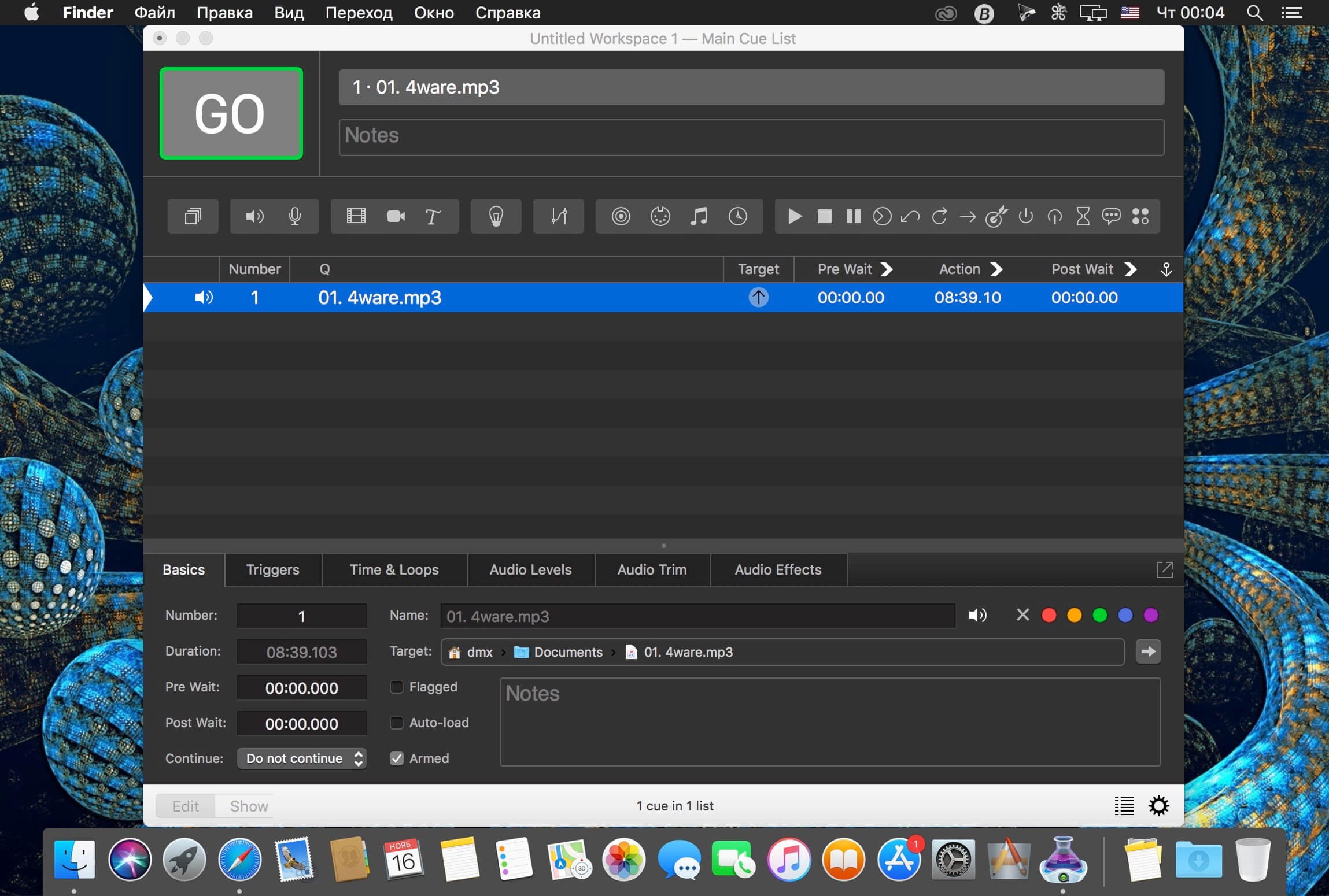


You can delete a command from the cue in tile view by hovering your mouse over the tile, and clicking on the that appears. When a row is selected, the appropriate controls appear on the right side of the command list. Individual tiles cannot be selected rows of tiles can be. You can change a command by typing values into the text fields, or by clicking and dragging up or down on a tile. In tile view, a yellow outline reflects the level for each command brighter for higher values.Ĭommands cannot be reordered in tile view. You can remove a command from the cue by clicking on the on the right side of the command. To edit “live”, make your changes in the Light Dashboard. In this way, editing a Light cue in the inspector is analogous to editing in “blind” on a traditional lighting console. Changes made in a Light cue will not be immediately reflected on stage you need to run the cue in order to see those changes. You can change a command by typing values into the text fields or dragging the slider handles. When one of these virtual parameters is selected, the appropriate control appears on the right side of the command list.Ĭommands can be dragged up and down in the list to re-order them. For example, in the screen shot above, instruments 101, 102, and 103 are all currently at 0.Īdditive color, subtractive color, and pan/tilt virtual parameters do not display a slider since they represent a compound value of two or more parameters. In slider view, a yellow mark indicates the current value of each parameter. You can view the cue’s lighting commands as sliders, tiles, or text by using the pop-up menu at the bottom left of the command list. The commands contained by the Light cue are listed here in the order in which they were added to the cue, with the most recent addition at the bottom. If moving a particular command by sorting would change the result, that command is left un-sorted. The Safe Sort Commands button sorts the light commands in the cue alphabetically, but since commands in a Light cue are interpreted in order from top to bottom, QLab considers whether moving the command would change the end result of the cue. Instruments or light groups which already have commands in the cue will be greyed out. This is an alternative to the command line, and you can use whichever you prefer, or both. Selecting an instrument or light group will add a command for that instrument or light group to the cue. The Add Command pop-up menu contains an ordered list of all the instruments and light groups contained in the workspace. You can learn more about lighting commands in the Lighting Command Language section of this documentation.

Lighting commands can be typed in to the command line to quickly add them to the current cue. The Levels tab shows the lighting commands contained by the cue.Īt the top of the Levels tab is the lighting command line. When a Light cue is selected, the inspector shows the Basics tab and Triggers tab, used by all cues, as well as the following tabs: The Levels Tab Light cues do not have a target they can act upon one lighting instrument parameter, several, or every parameter for every light in your workspace. Light cues behave similarly to Fade cue in that they have a specific duration and a curve shape which define how the cue’s saved levels will be applied to the live lighting state over time. Light cues allow you to set and save lighting commands which set levels for lighting parameters.


 0 kommentar(er)
0 kommentar(er)
